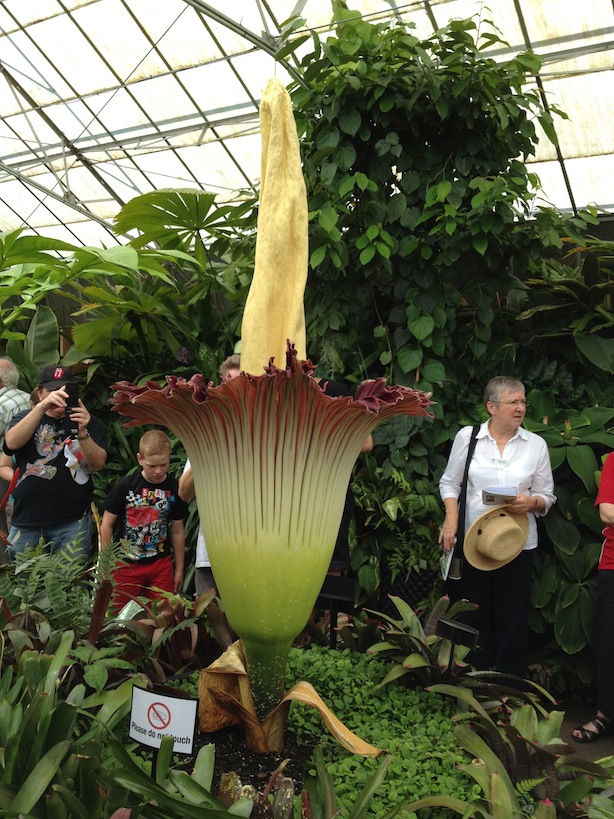Sprrrrrrrrring!!!! Ted’s back in Melbourne after three and a half weeks in the US, we’ve had a weeks’ holiday together at home, and we’ve sat in the sunshine, gone walking in the Dandenongs, worked in the garden, read lots of books, and eaten the first asparagus of the season. I am so, so refreshed. (I am ignoring the results of last night’s election. La la la la, it never happened, don’t think about don’t think about it, just make lots of donations to family planning and refugee charities.)
I spent quite a bit of the last week lolling around thinking about the things I should be doing, and instead just lying on the couch reading novels. But after eight days off work I am finally full of energy, so have made kimchi and torshi left, planted out seeds for summer (nine varieties of tomatoes, lots of greens, herbs, chilis, many other things), cleaned up my bike in preparation for riding in to work tomorrow morning, and even done some of that yoga I’ve been planning to do for the last several months. Oh man I love spring in Melbourne.
We made this dish for lunch today after spending the morning out under the sunshine in the garden. I know the proportions of pasta to sauce are reversed from what they traditionally should be here, but I just really love cauliflower. Sorry, Italian grandmas.
Sicilian-inspired orecchiette with cauliflower, sardines, pine nuts and capers
600 g cauliflower, cut into small florets (1-2 cm)
olive oil
sea salt and black pepper
2 large golden shallots, finely sliced
4 anchovy fillets in olive oil, chopped
aged red wine vinegar
2 tablespoons pine nuts, gently toasted
2 tablespoons currants or small sultanas
1 generous tablespoon salted capers, rinsed
1 tin good sardines
100 g orecchiette
large palmful each of finely chopped dill and parsley
chili flakes, optional
Pre-heat the oven to 180 C. Toss the cauliflower with a drizzle of olive oil and a sprinkling of salt and pepper, and roast for about 20-30 minutes, until golden around the edges.
Meanwhile, heat a little olive oil in a small pan and saute the shallots and anchovies for 5 or 6 minutes or so, until the shallots are golden and the anchovies have melted. Add a good dash of aged red wine vinegar, and continue cooking for another minute or two. If the shallots need to soften some more (they probably will), add a slosh of water (preferably from the pasta that will be cooking, if you’ve read all the way to the end of the recipe before beginning) and let them cook further until the water has evaporated and the shallots are done.
Cook the orecchiette in boiling water until al dente, then drain, reserving a cup of the cooking water.
Tip the drained pasta back into the pot in which it was cooked, then add the shallots, cauliflower, pine nuts, currants and capers (and chili if you want it), and mix together. Break up the sardines very slightly, and add these and the herbs to the pot, and mix through gently so as not to turn the sardines to paste. Serve at once.
Serves two.



